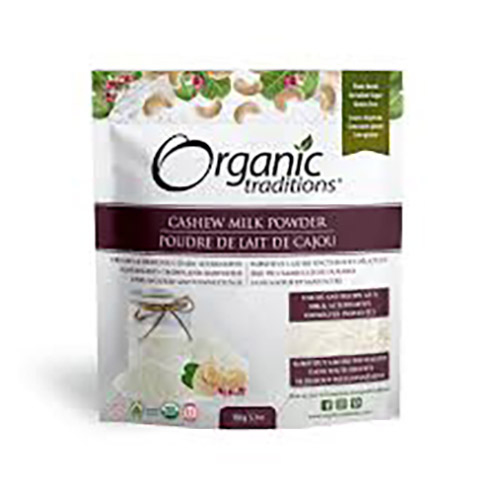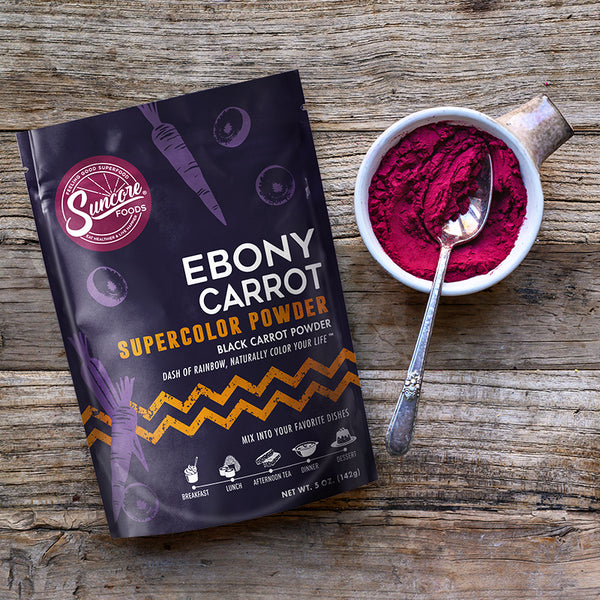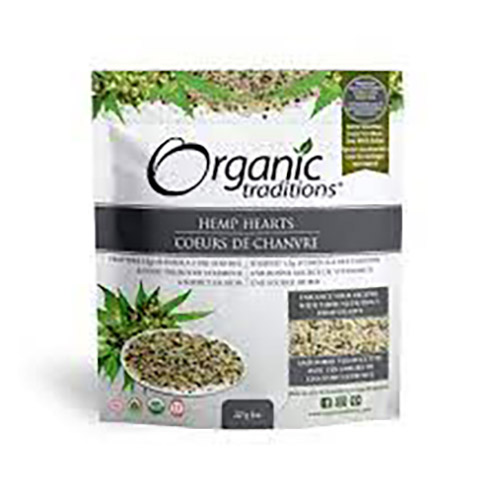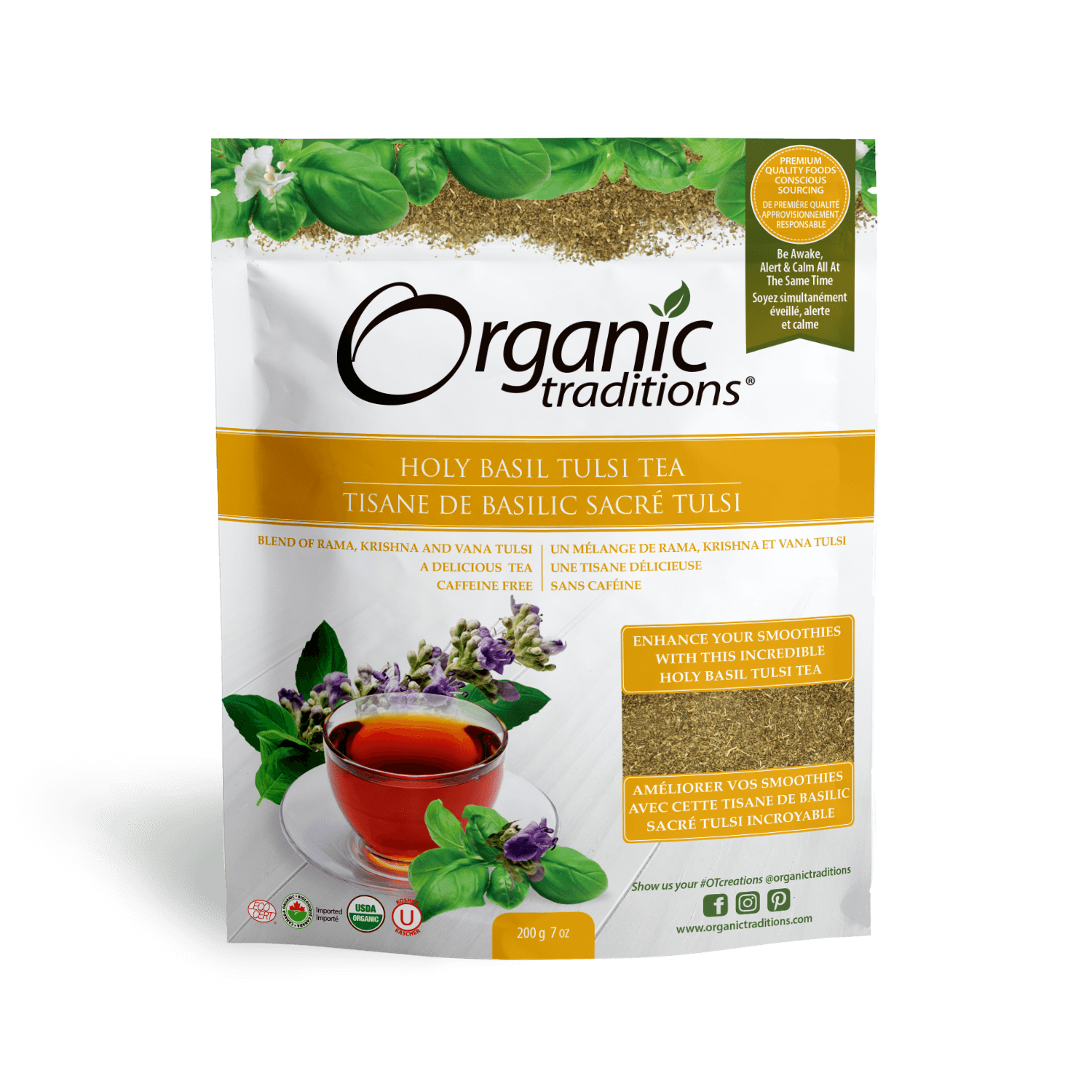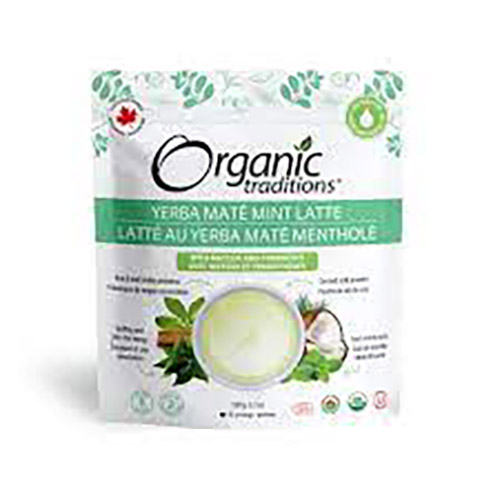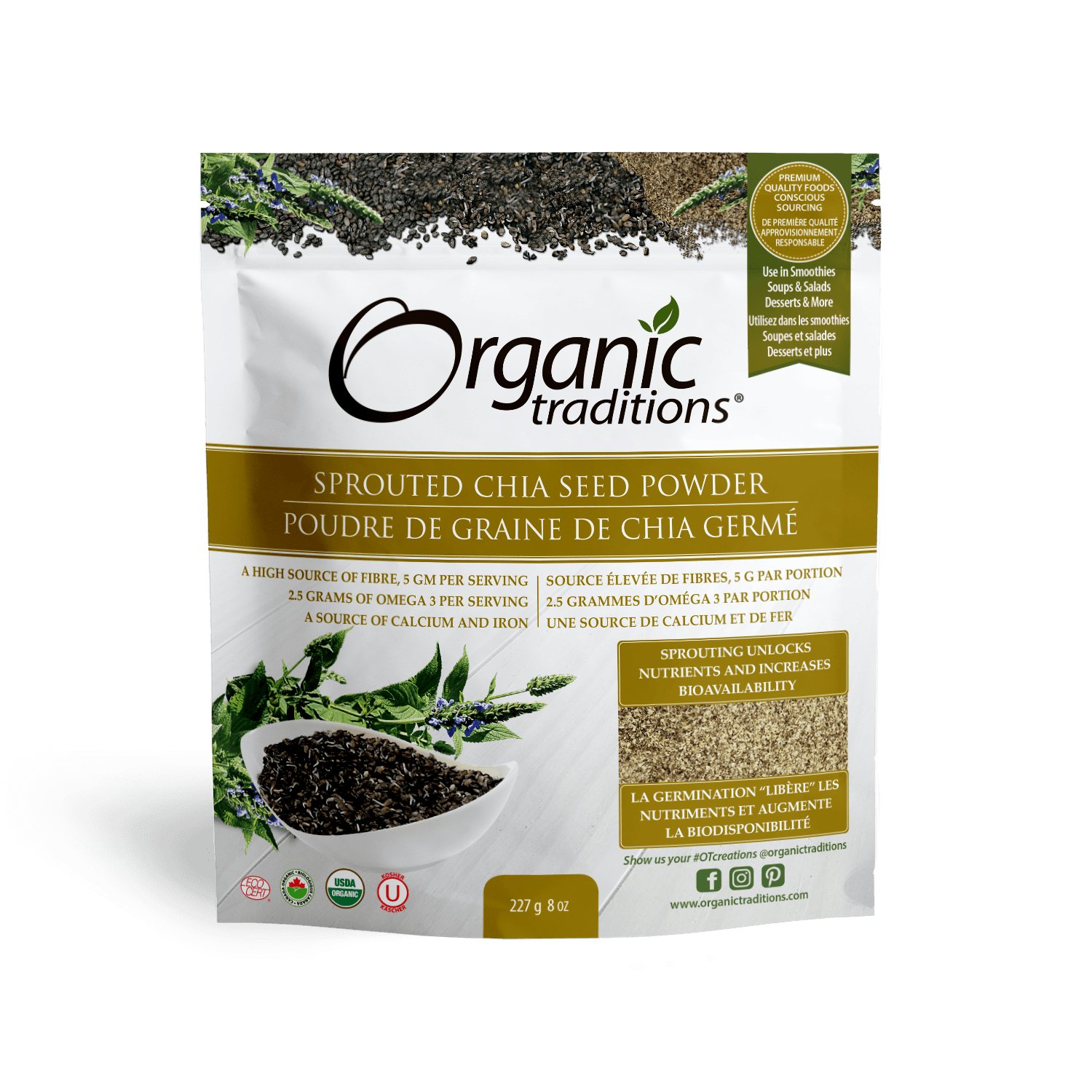When it comes to health and fitness, protein powder triumphantly holds a sterling reputation. It's the faithful ally that mitigates hunger pangs, empowers muscle growth and aids overall wellbeing. But as you scoop a serving from that gigantic tub sitting on your kitchen shelf or gym bag, have you paused to contemplate the consequences of its storage? The very factors that determine whether your reliable workout partner retains its potency or tragically spirals into a wasteful dud? Welcome to the fascinating world of protein powder preservation – where correct storage doesn't just ensure longevity but optimizes those all-important benefits too. In this blog post, we dive deep beneath the lid of your protein tub to unveil how proper storage profoundly influences your supplement's lifespan and effectiveness.
Understanding Your Protein Powder
Protein powder, sourced mainly from whey, soy or peas, often includes sweeteners and emulsifiers. According to research by the American Chemical Society, humidity, temperature, and air exposure are the primary factors that can degrade protein powder over time. When protein powder is exposed to moisture, it can absorb water molecules, leading to clumping and decreased solubility. Similarly, high temperatures can accelerate chemical reactions that degrade the protein, while air exposure can promote the growth of bacteria and other microorganisms. In essence understanding what happens once you've unscrewed that lid can effectively determine the extent of benefits derived from each serving empowering you with not just strong muscles but near-complete control over this magic dust!
The Impact of Improper Storage on Protein Powder
Improper storage conditions can have devastating effects on protein powder, reducing its shelf life and affecting its taste, texture, and nutritional value. Some of the key impacts include:
Loss of Nutritional Value: When protein powder is exposed to moisture, heat, or air, the essential amino acids and other nutrients can degrade, reducing the overall nutritional value of the product.
Clumping and Decreased Solubility: Moisture absorption can lead to clumping, making it difficult to mix the protein powder with water or other liquids. This can affect the taste and texture of the final product.
Growth of Bacteria and Other Microorganisms: Air exposure can promote the growth of bacteria and other microorganisms, posing a risk of contamination and spoilage.
How to Ensure Proper Storage of Protein Powder
To maximize the shelf life and maintain the quality of protein powder, it is crucial to follow proper storage practices. Here are some tips for ensuring optimal storage conditions:
Choose the Right Packaging: Select packaging materials that are impermeable to moisture, oxygen, and light. These include metallized films, aluminum foil pouches, and high-barrier plastic containers.
Store in a Cool, Dry Place: Keep protein powder in a cool, dry area away from direct sunlight and heat sources. The ideal storage temperature is between 55°F and 70°F (13°C and 21°C).
Reseal After Use: Each time you use protein powder, ensure that the packaging is tightly resealed to prevent air and moisture from entering the container. This will help maintain the freshness and prevent clumping.
Avoid Contamination: Keep protein powder separate from other products that could potentially contaminate it, such as cleaning chemicals or food items with strong odors.
Advanced Storage Solutions for Protein Powder
As a packaging manufacturer, we offer advanced storage solutions for protein powder that go beyond basic packaging. Here are some innovative solutions we provide to our clients:
Desiccant Packaging: Incorporating desiccants into the packaging can absorb any residual moisture, further reducing the risk of clumping and spoilage.
Vacuum Packaging: Using vacuum packaging techniques can remove air from the container, minimizing oxidation and degradation of the protein powder.
Oxygen Absorbers: Adding oxygen absorbers to the packaging can extend the shelf life of protein powder by reducing the oxygen content and preventing the growth of bacteria and other microorganisms.
How to identify if the protein powder has gone off
To identify spoiled protein powder, consider four indications:
Color: Good protein powder should maintain a consistent color. If it develops spots or discoloration, it might be due to oxidation or moisture issues.
Odor: An off or sour smell when you open the container indicates that the protein powder may be unsafe.
Texture and Solubility: Fresh protein powder should dissolve easily in water and not clump together excessively. If it does not blend well, this could suggest spoilage.
Packaging Date & Expiry Date: All foods can degrade with time, even when stored properly, so always check its indicated shelf life before use.
If any of these signs are present, prioritize your health and do not consume the product.
Conclusion: Invest in Proper Storage for Protein Powder
We understand the importance of proper storage for protein powder and its impact on the overall product quality and shelf life. By choosing the right packaging materials, storing in a cool, dry place, resealing after use, and avoiding contamination, you can maximize the shelf life of your protein powder and ensure that your customers receive a fresh, high-quality product.
Moreover, investing in advanced storage solutions such as desiccant packaging, vacuum packaging, and oxygen absorbers can provide an additional layer of protection and extend the shelf life even further. As a leading packaging manufacturer, we offer a wide range of solutions to meet your specific needs and ensure the long-term success of your protein powder products.
Post time: Jun-14-2024

